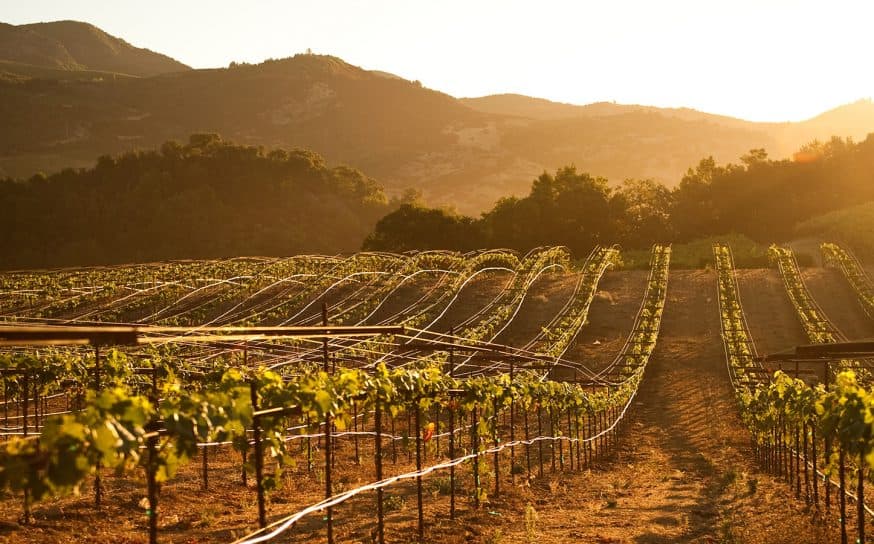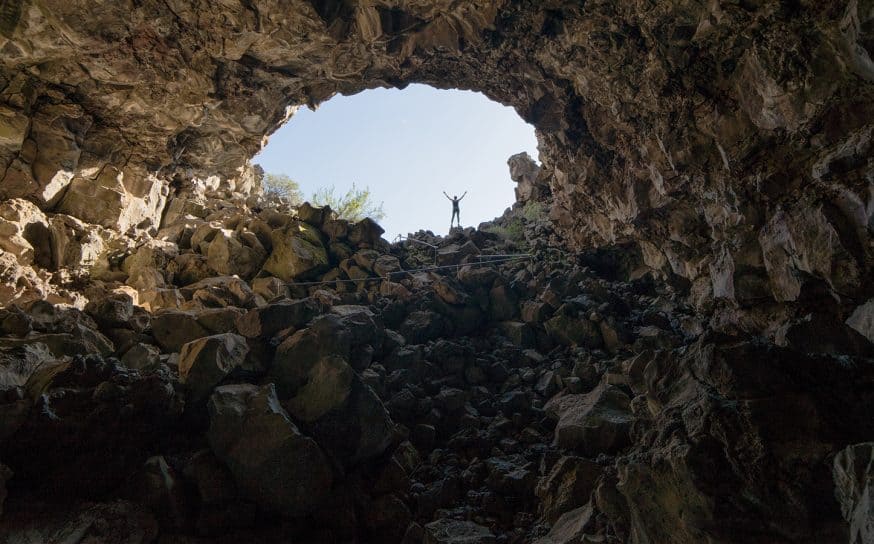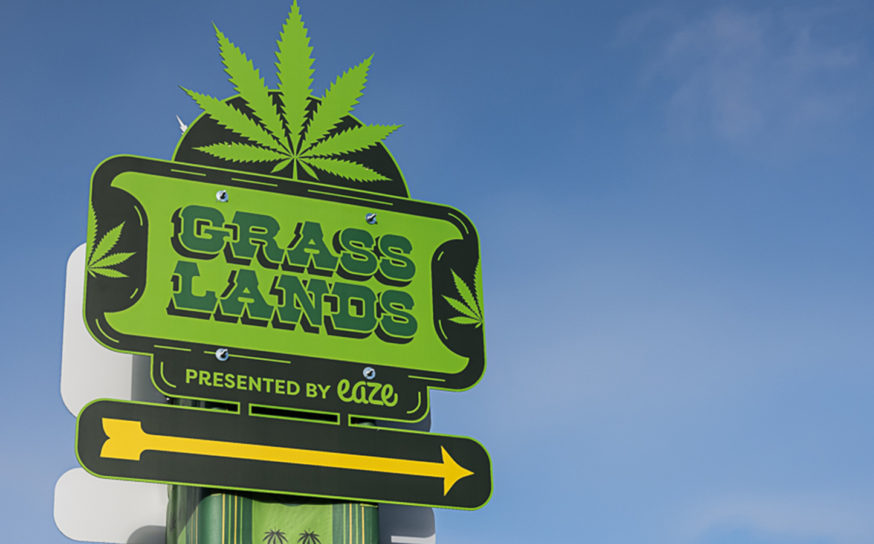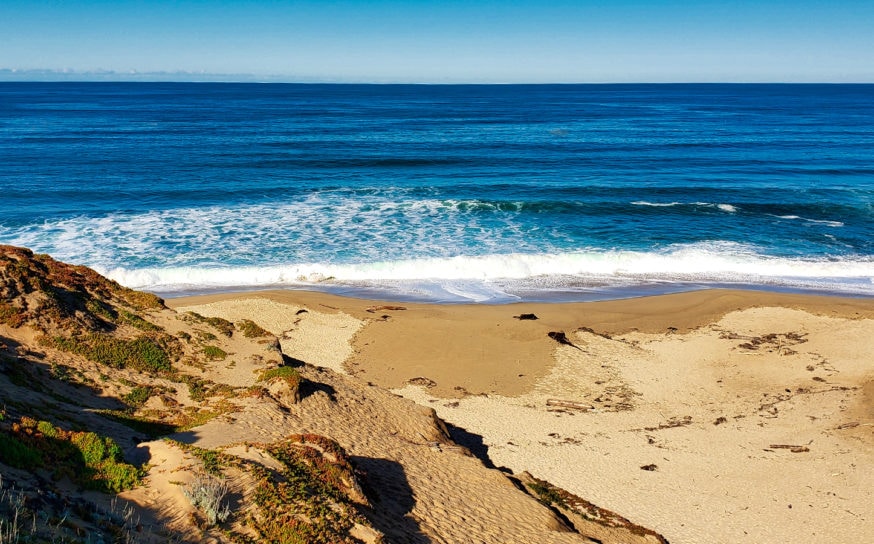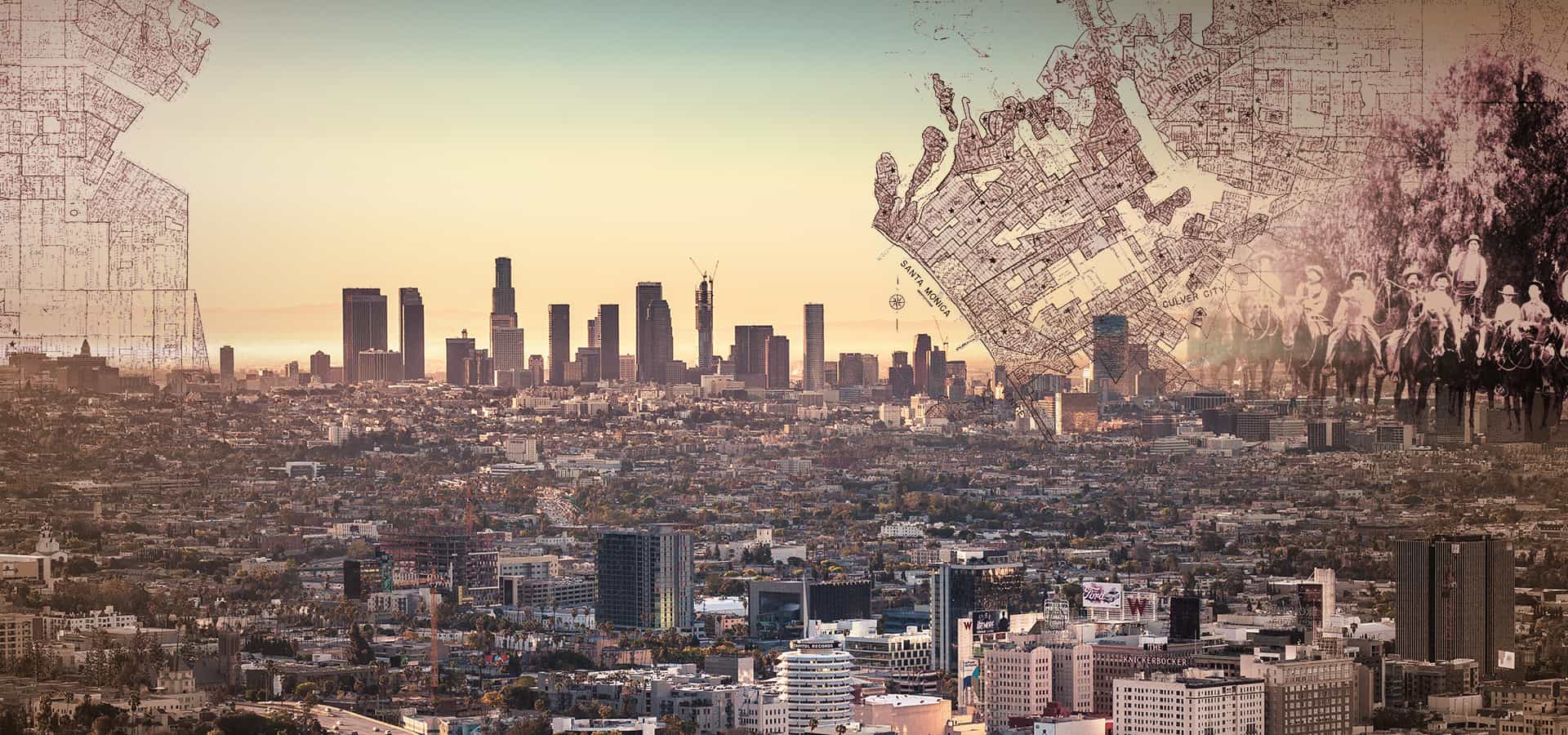
How Much Do You Know About Los Angeles’ Past?
A series on KCET explores the rich history of California’s largest metro.
-
CategoryArts + Culture
Much of L.A.’s past is lost to history—but we can rediscover it in the region’s archives. This new series, a co-production of KCETLink and the USC Libraries, in collaboration with L.A. As Subject, brings Southern California history to life by marrying archival materials with innovative forms of documentary storytelling. Hosted by L.A. historian Nathan Masters, this original series of three episodes showcases nine emerging filmmakers. From rotoscoping to cinema verité, the range of the filmmakers’ techniques mirrors the diversity of their backgrounds. But a common thread runs through their films: each brings the primary sources of L.A. history to the screen in surprising new ways. What previously hidden stories will the next generation of filmmakers unearth in the collections of L.A. As Subject members? Tune in to find out.
Here’s a breakdown of the new episodes in the 2nd season:
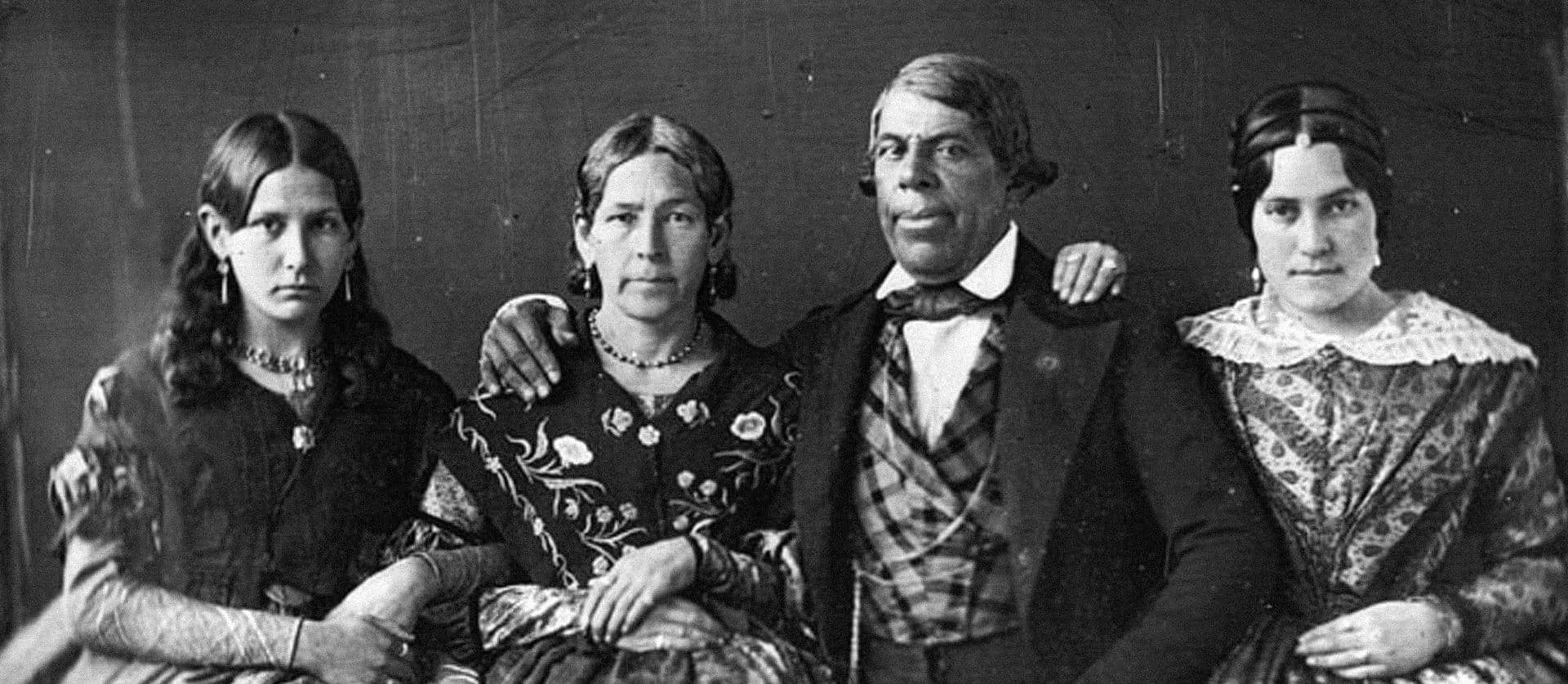
Borderlands
Season 2, Episode 1
American history has long been told as a triumphant march westward from the Atlantic coast, but in southern California, our history stretches back further in time. This episode explores the interconnected lives of three people who lived through California’s transition from native land to Spanish colony and from Mexican province to American state. Featuring the stories of native teacher Toypurina, who led the revolt against the San Gabriel Mission, Spanish soldier Jose Marco Pico, who served at the mission, and his son Pio Pico, who became the last Mexican Governor of California.
Wild West
Season 2, Episode 2
Long before Hollywood imagined the Wild West, Los Angeles was a real frontier town of gunslingers, lynch mobs, and smoke-belching locomotives. This episode examines L.A.’s efforts to reckon with its violent past by examining hanging trees, remnants of vigilant justice; the massacre of 18 Chinese immigrants that took place in 1871 near what is now Olvera Street; and railroad promotional campaigns that painted a picture of Los Angeles as a verdant paradise.
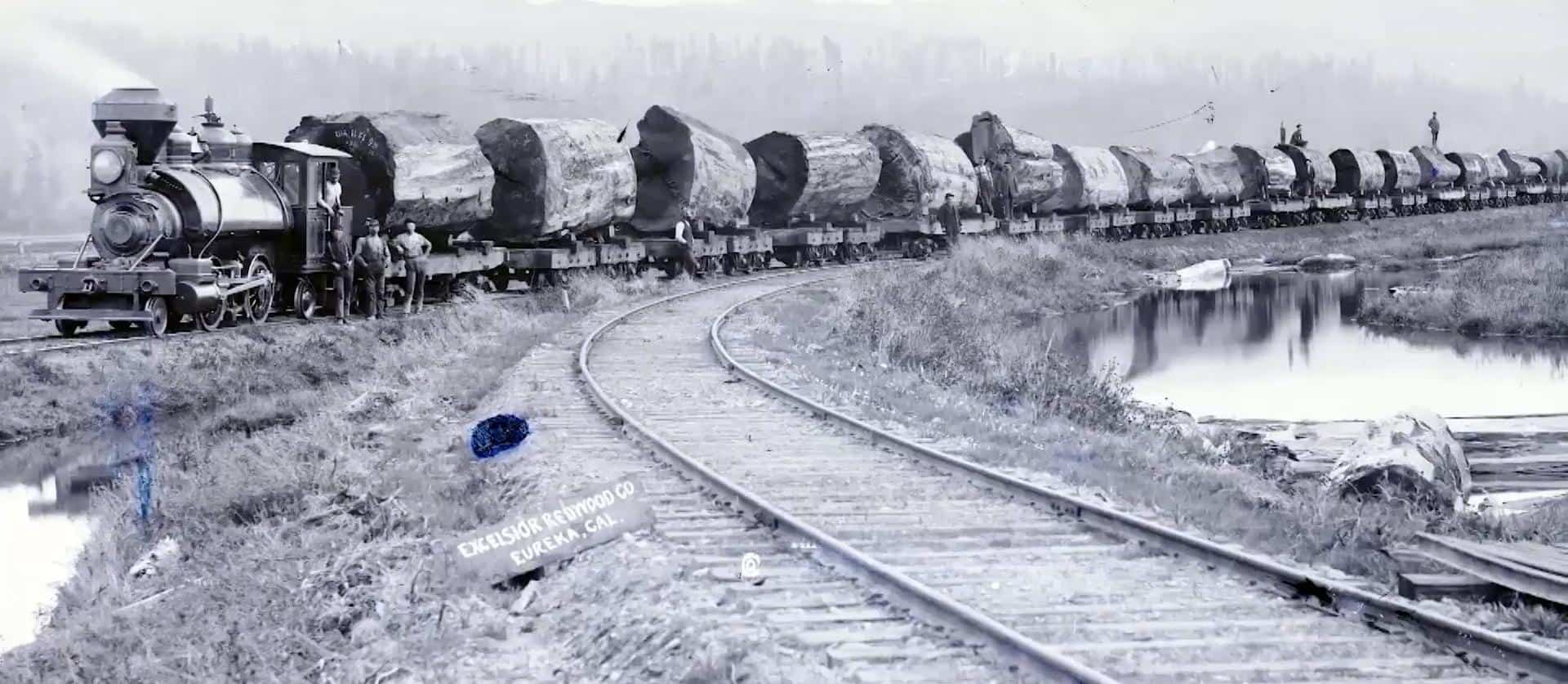
Building The Metropolis
Season 2, Episode 3
Wood, iron, steel, concrete—these are the materials that gave form to Los Angeles and shaped its identity in the national imagination. This episode also questions the cultural legacy and environmental costs of the city’s relentless growth.
Dream Factory
Season 2, Episode 4
Los Angeles is often identified with Hollywood, but there’s more to the entertainment industry than its facade of movie stars and blockbuster films. This episode explores the career of Lois Weber, a filmmaker who rose to greatness in a nascent film industry that welcomed women into creative leadership positions; as well as a Central Casting Bureau that capitalized on the city’s segregated ethnic enclaves when filling background roles.
Coded Geographies
Season 2, Episode 5
What if the stories L.A. told about itself relegated you to the margins? This episode explores two underground guidebooks—The Negro Travelers’ Green Book and The Address Book—that reveal the hidden geographies many Angelenos had to navigate, exposing Los Angeles as a place of coded segregation and resistance.
For air dates or to watch online, click here.
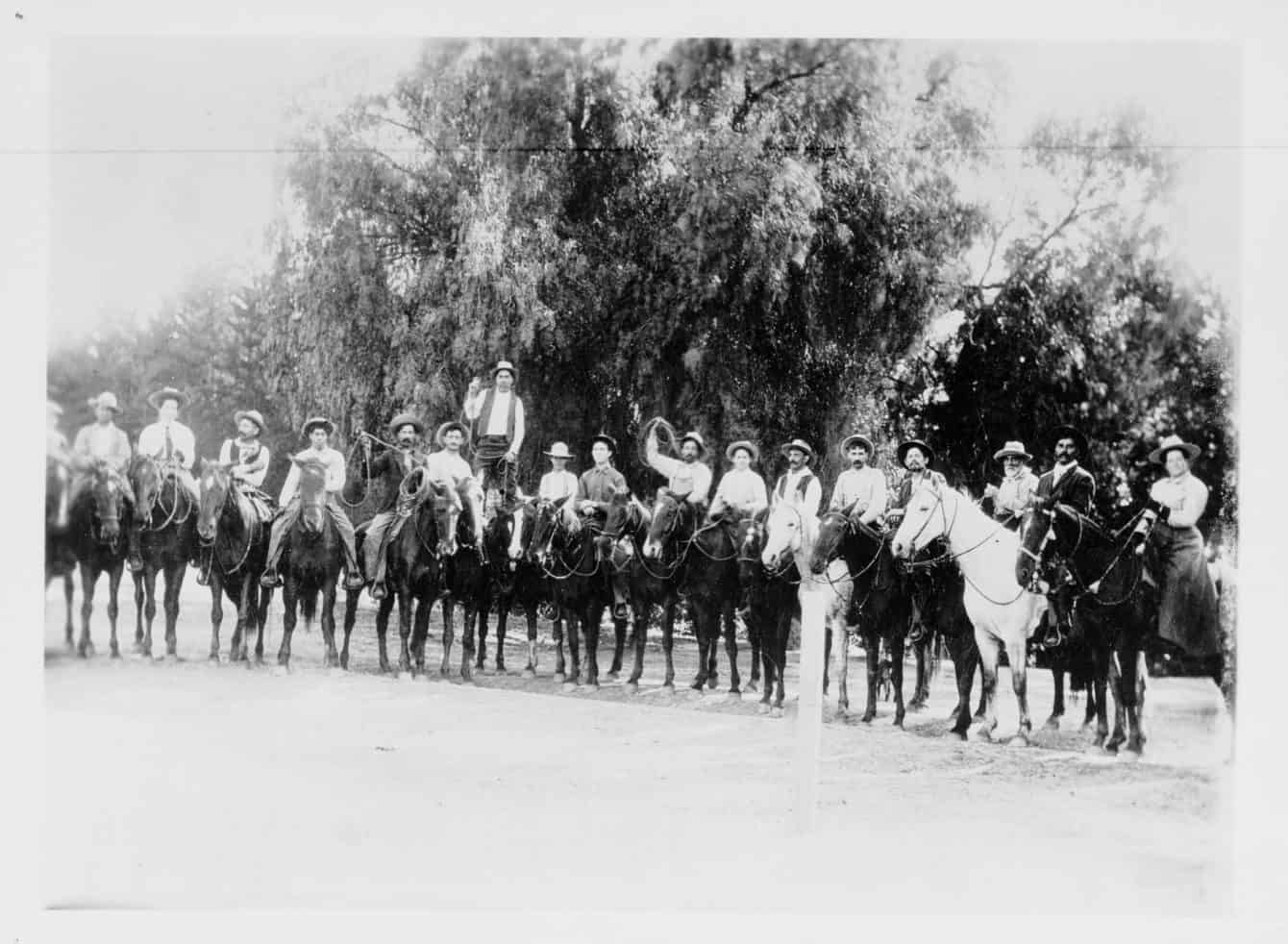
Monday Moods: “Cool, Calm, Collected”
With strong lyrics and melodies of softness, this collection of tracks is sure to ground you in all the coolness and calmness you could wish for.
Try This Grilled Artichoke Recipe in Honor of National Artichoke Hearts Day
Homegrown goodness, one layer at a time.
Do I Detect a Note of Smoke in My Chardonnay?
How the wildfires may affect the California wine industry.



